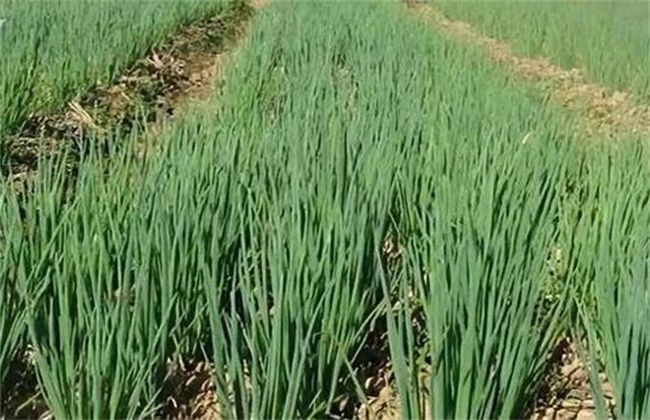High-yielding planting techniques of knife bean
Knife beans are a good dish for pickling jars. Every year, when the beans are ripe, the family will buy a lot of beans and beans to make tea or dry the jar, which tastes refreshing and appetizing. So how to grow knife beans in order to achieve high yield? Let's get to know it with the editor.

1. Land selection and fertilization
Knife bean likes the warm environment, is not cold-tolerant, and the requirements for the soil are not strict. It can grow and develop normally when the soil pH value is between 5.0 and 7.5, but in order to improve its yield, it is best to choose sandy loam with good drainage. The growth period of knife bean is longer, about 240 days, the demand for fertilizer is greater, need to apply compound fertilizer 40 kg, calcium superphosphate 40 kg, potassium sulfate 20 kg per mu as the base fertilizer, mix it with the soil evenly, shaping rake flat, wait until sowing.
2. Sowing and raising seedlings
The seed coat of knife bean is hard and absorbs water slowly. Soak in warm water with 30 degrees attention for 15 hours before sowing to make it absorb enough water to facilitate seedling emergence. If the seedling is raised in a nutrition bowl, it is generally transplanted when 2 true leaves are planted, with about 1200-1500 plants per mu; while if it is direct seeding, it can be sowed in late March, and it also needs to sow seeds after soaking seeds, and it can sow seeds in holes on the border surface, sowing 1-2 forces per hole, and covering the soil with plastic film after sowing.
3. Fertilizer and water management
Knife bean needs a large amount of fertilizer, so it is necessary to apply fertilizer after emergence, but the concentration of fertilization at seedling stage should be paid attention to. Generally, thin fertilizer and water should be applied 2-3 times as seedling fertilizer. Flowering and fruiting is the period when the largest amount of fertilizer is needed, which can be combined with root fertilization and extra-root fertilization, spraying 2-3 times of potassium dihydrogen phosphate, pods grow to about 10 cm after pod formation, and 20-40 kg compound fertilizer is applied at the interrow point. This fertilizer is more important and closely related to yield.
4. Field management
The podding rate of knife bean is high. In order to prevent plant lodging, weeding and fertilization should be carried out before flowering and podding. At the same time, check the 1-meter-high frame wood next to the main stem to fix the main stem. When the plant is 70 cm high, the lateral stem is removed, the old diseased leaves in the lower part of the plant are thinned in time, and the lateral branches with no flowers or few flowers are cut off, so as to improve the ventilation and light transmission conditions and increase the pod setting rate.
The above is the introduction of high-yield planting techniques of knife bean. I hope it can help you. If you want to know more about it, please follow us.
Related
- Where is it suitable to grow horseradish in China? it is expected to see the middle altitude horseradish in Alishan.
- How to prevent tomato virus disease reasonably? (Control methods included)
- Many people like to plant towel gourd on the balcony. What are the main points of this method and management?
- What crops can chili peppers be mixed with?
- Fertilization techniques and matters needing attention in Tomato
- What are the grafting techniques for peach seedlings in spring?
- Harm and control methods of root swelling disease of Chinese cabbage
- What are the pests of sweet potatoes? How to prevent and cure it?
- Symptoms, causes and Control methods of navel Rot in Tomato
- The cause of "Cucumber rotten bibcock" in Farmers' planting Cucumber and its Control Plan



